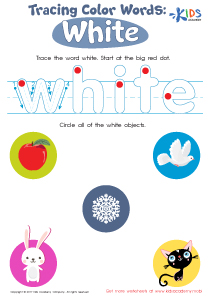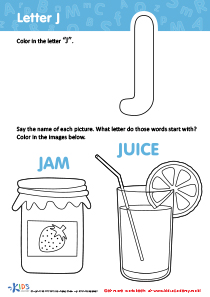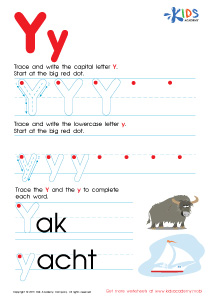Foundational Reading Lessons | Long and Short Vowels
5 results
Welcome to our comprehensive catalog of Long and Short Vowels Lessons! Designed for children in Preschool, Kindergarten, Grade 1, Grade 2, and Grade 3, these interactive worksheets and educational videos are the perfect tool to help young learners master the fundamental concepts of vowel sounds. Our engaging lessons cover a range of topics, including vowel sounds, word recognition, and phonetic awareness, with quizzes to assess progress along the way. With our expertly crafted and easy-to-understand lessons, your child will develop strong phonemic awareness skills that will prepare them for successful reading and writing in the years to come!
Long and Short Vowels Lessons for children in Preschool, Kindergarten, Grade 1, Grade 2, and Grade 3 are an essential component of early literacy instruction. These lessons focus on helping young learners distinguish the differences between long and short vowel sounds, which is a crucial skill for improving reading and writing abilities.
Long and Short Vowels Lessons teach young children about the various vowel sounds found in the English language, and how they differ from one another. In English, there are five vowels - A, E, I, O, and U - and each one has both a long and short sound.
The Long and Short Vowels Lessons consist of interactive worksheets, educational videos, and assessment quizzes that engage and help children to understand and memorize the long and short vowel sounds. The interactive worksheets include fun activities such as filling in the blanks, matching the vowel sounds with corresponding words, and sorting pictures by vowel sounds. The educational videos feature engaging animations that help children visualize and understand the differences between these sounds.
The assessment quizzes at the end of these Long and Short Vowels Lessons are designed for students to display their understanding. These quizzes reinforce learning and are an essential tool for teachers in assessing the progress made by their students.
Children who learn these vowel sounds early on are more likely to have better reading comprehension, spelling skills, and have a building foundation for higher education. Early literacy instruction also helps to foster a love of reading and writing, setting students on the path to academic success.
The Long and Short Vowels Lessons also provide children with the ability to read and write accurately. When young learners know the difference between long and short vowel sounds, they will be able to read words more confidently and recognize the differences between homophones such as "meet" and "meat." This skill will also boost the child’s confidence in spelling, for example, knowing that the difference between ‘bite’ and ‘bit’ is the vowel sound.
In conclusion, Long and Short Vowels Lessons are necessary for young learners, as it lays foundational skills that will help them throughout their academic careers. The interactive worksheets, fun educational videos, and assessment quizzes provide children with an engaging learning experience and foster a love of reading and writing. So, teachers should consider including Long and Short Vowels Lessons in their early literacy instruction to ensure that children have a strong foundation in reading, writing, and language acquisition.















